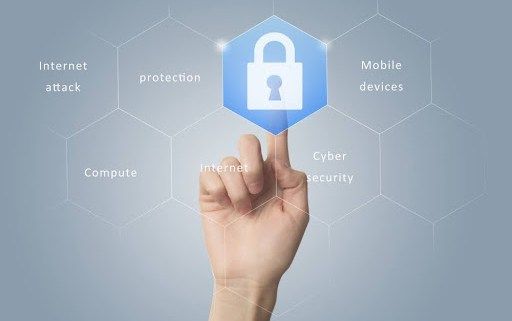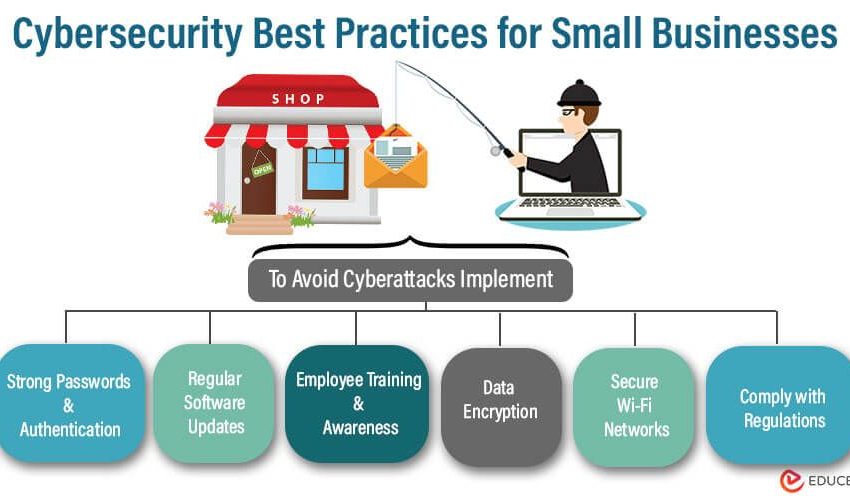What is Cybersecurity? A Complete Beginner Guide
In today’s digital age, cybersecurity has become more important than ever. With cyber threats constantly evolving and becoming more sophisticated, it is crucial for individuals and businesses to understand the basics of cybersecurity in order to protect their sensitive information and assets. In this beginner’s guide, we will explore what cybersecurity is, why it is important, and how you can start implementing cybersecurity best practices.
What is Cybersecurity?
Cybersecurity is the practice of protecting computer systems, networks, and data from cyber attacks, unauthorized access, and data breaches. It encompasses a wide range of technologies, processes, and practices designed to safeguard devices, networks, and data from malicious actors. Cybersecurity is essential for ensuring the confidentiality, integrity, and availability of information in an increasingly connected world.
Why is Cybersecurity Important?
Cybersecurity is important for several reasons. Firstly, cyber attacks can have devastating consequences for individuals and businesses, including financial loss, reputational damage, and legal implications. Secondly, with the rise of remote work and cloud computing, sensitive information is often stored and accessed online, making it more vulnerable to cyber threats. By implementing cybersecurity measures, you can protect your personal data, financial information, and intellectual property from cyber criminals.
Common Cybersecurity Threats
There are several common cybersecurity threats that individuals and businesses should be aware of, including:
Malware:
Malware is malicious software designed to infiltrate and damage computer systems. This includes viruses, worms, ransomware, and spyware.
Phishing:
Phishing is a cyber attack in which attackers impersonate legitimate entities to trick individuals into providing sensitive information, such as passwords or credit card details.
Man-in-the-Middle Attacks:
In a man-in-the-middle attack, hackers intercept communication between two users to steal sensitive information.
Denial of Service (DoS) Attacks:
DoS attacks overwhelm a system with traffic, rendering it unavailable to legitimate users.
Cybersecurity Best Practices
To protect yourself and your business from cyber threats, it is important to follow cybersecurity best practices, including:
Use Strong Passwords:
Use unique, complex passwords for each online account and enable two-factor authentication whenever possible.
Keep Software Updated:
Regularly update your operating system, software, and antivirus programs to patch vulnerabilities and protect against cyber threats.
Be Cautious of Email Attachments:
Avoid opening attachments or clicking on links in emails from unknown senders, as they may contain malware.
Backup Your Data:
Regularly back up your data to an external storage device or cloud service to protect against data loss in the event of a cyber attack.
Conclusion
Cybersecurity is a critical component of our digital lives, and understanding the basics of cybersecurity is essential for protecting yourself and your business from cyber threats. By following best practices, staying informed about common cyber threats, and implementing security measures, you can safeguard your sensitive information and assets in an increasingly connected world. Stay vigilant, stay informed, and stay safe online.


